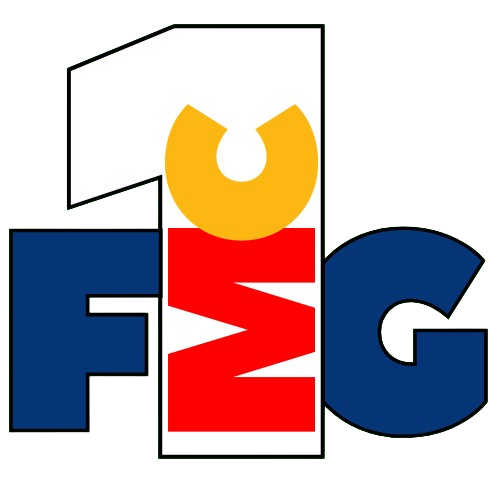Coca-Cola Adjusts Marketing Strategy: Iconic Tagline Takes a Back Seat
Coca-Cola is shifting its strategic focus by stepping back from its long-standing “Real Magic” global platform across its core trademark beverages. The decision signals a notable marketing realignment, as the brand reduces emphasis on its unifying brand message while doubling down on more targeted, localized campaigns.
‘Real Magic at the Movies’—a cinema-focused campaign launched in partnership with Disney—has been the last major activation to feature the global platform. Following this, Coca-Cola is putting greater weight behind standalone marketing activity tailored to culture, media moments, and channel-specific activations. The shift is part of the company’s broader ambition to grow its reach through greater relevance and context across occasions.
Among the standout initiatives is the rollout of a £3.6m campaign for Coca-Cola Zero Sugar in Europe. The campaign positions the product as ‘Zero Words,’ with an emphasis on taste and expression over copy, and aims to win younger, taste-driven consumers via social-first creatives and high-impact out-of-home advertising. This new approach builds on Coca-Cola’s past successes during major tentpole events, such as its recent Super Bowl LVIII activation, where the “Real Magic” logo took a back seat to more experiential marketing.
Isabelle Heer, global brand director of Coca-Cola, noted that while “Real Magic” may be less visible in front-facing content, it remains a guiding principle behind the scenes. “We’re becoming more precise and relevant rather than trying to get the whole world to do the same thing,” Heer said. The evolution reflects a nuanced understanding that mass reach doesn’t always translate into mass impact without contextual resonance.
Moreover, the brand continues to push creative boundaries with AI-generated campaign elements and co-creation programs such as “Create Real Magic.” These initiatives, particularly active during last year’s 100th anniversary of Disney, showcased Coca-Cola’s interest in blending brand identity with digital experimentation.
For FMCG marketers, Coca-Cola’s shift underscores a key industry trend: the movement away from one-size-fits-all brand communications toward more flexible, moment-driven strategies that prioritize consumer intent and cultural alignment over traditional consistency. This recalibration could set a precedent for how legacy FMCG brands maintain cultural relevance in an increasingly fragmented media landscape.

